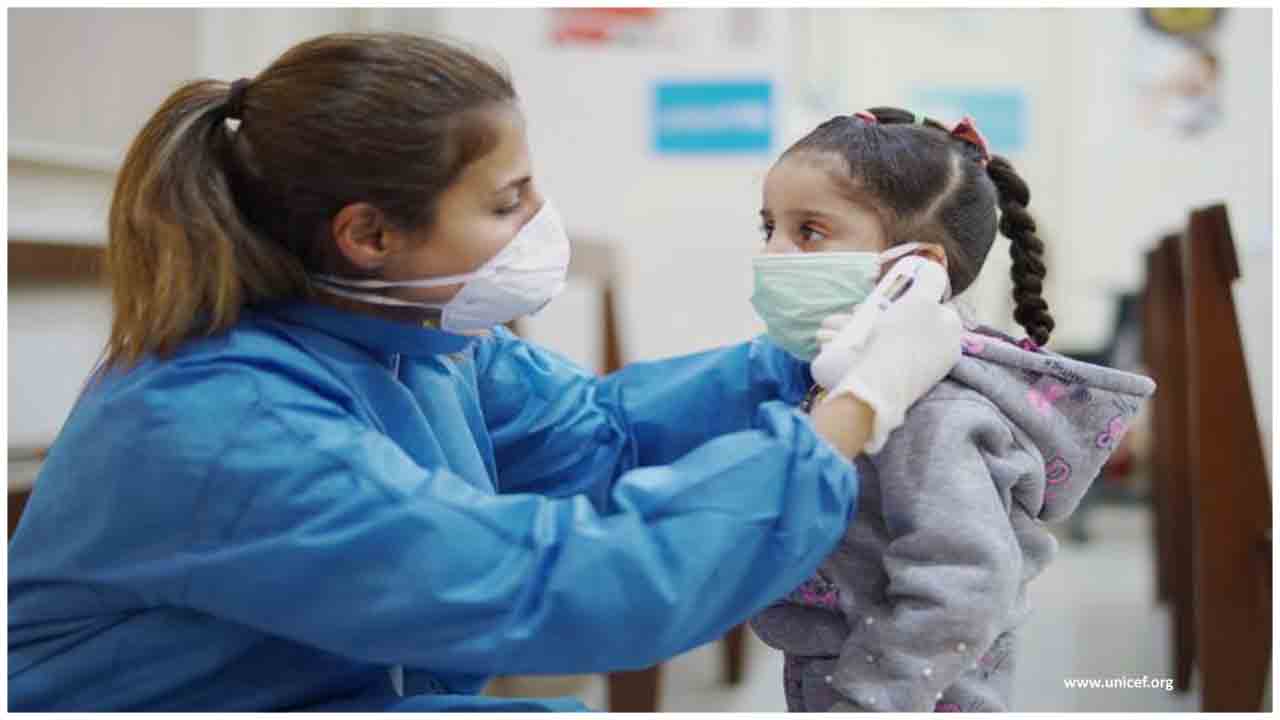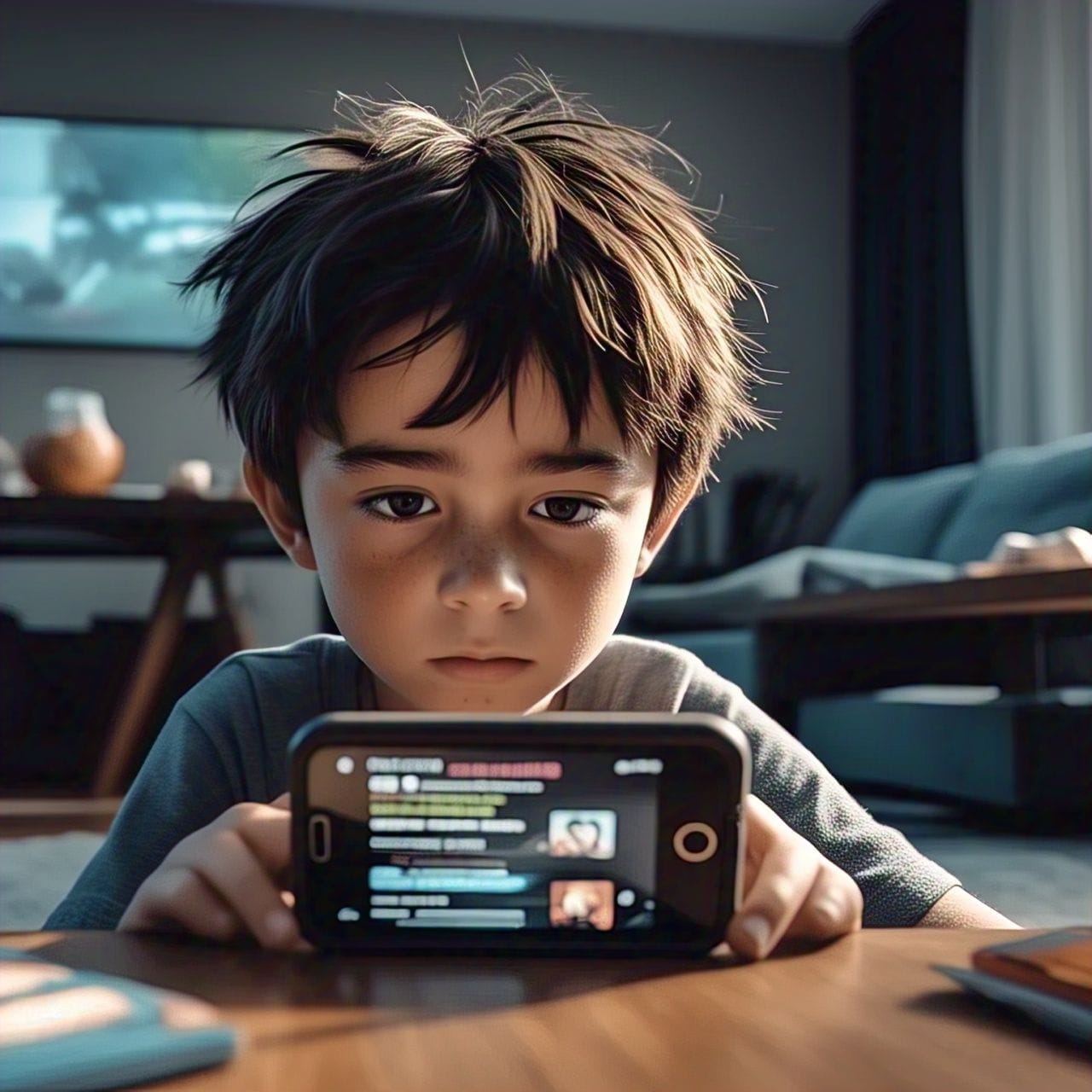Wearing face masks at home might help ward off the spread of COVID-19 infection among family members living in the same household, but only before symptoms develop, suggests a study of Chinese families in Beijing, accepted for publication in BMJ Global Health.
This practice was 79% effective at curbing transmission before symptoms emerged in the first person infected, but it wasn’t protective once symptoms had developed, the study shows.
The figures in China suggest that most of the person to person transmission of SARS-CoV-2, the coronavirus responsible for COVID-19 infection, has occurred in families. But it’s not clear if the wearing of face masks might help curb household transmission rates, along with social distancing and disinfection.
The World Health Organization (WHO) and Public Health England haven’t endorsed the wearing of face masks indoors or outdoors, on the grounds that there’s little good quality evidence to warrant recommending this.
To explore whether face masks might make a difference, the researchers questioned 460 people from 124 families in Beijing, China, on their household hygiene and behaviours during the pandemic.Each family had at least one laboratory confirmed case of COVID-19 infection between late February and late March 2020. Average family size was 4, but ranged from 2 to 9, and usually comprised three generations.
Family members were defined as those who had lived with the infected person for 4 days before and more than 24 hours after that person’s symptoms first appeared.
The researchers wanted to know what factors might heighten or lessen the risk of subsequently catching the virus within the incubation period--14 days from the start of that person’s symptoms.
During this time, secondary transmission--spread from the first infected person to other family members--occurred in 41 out of the 124 families. A total of 77 adults and children were infected in this way, giving an ‘attack rate’ of 23% or around 1 in 4.
Around a third of the study children caught the virus (36%; 13 out of 36) compared with more than two thirds of the adults (just over 69.5%; 64 out of 92).
Twelve of the children had mild symptoms; one had none. Most (83%) of the adults had mild symptoms; in around 1 in 10, symptoms were severe, and one person became critically ill.
Daily use of disinfectants, window opening, and keeping at least 1 metre apart were associated with a lower risk of passing on the virus, even in more crowded households.
But daily contact and the number of family members wearing a face mask after the start of symptoms in the first person to develop them were associated with a heightened risk.
Of all the behavioural and hygiene factors, four were significantly associated with secondary transmission of the virus.
Diarrhoea in the first person to become infected and close daily contact with them increased the risk of passing on the virus: diarrhoea was associated with a quadrupling in risk, while close daily contact, such as eating meals round a table or watching TV together, was associated with an 18-fold increased risk.
Frequent use of bleach or disinfectants for household cleaning and the wearing of a face mask at home before symptoms emerged, including by the first person to have them, were associated with a reduced risk of viral transmission.
A face mask worn before symptoms started was 79% effective, and disinfection 77% effective, at stopping the virus from being passed on.
The authors acknowledge some limitations to their study: telephone interviews are subject to recall and the strength of household disinfectants and bleach used wasn’t recorded.
Nevertheless, they suggest the findings back universal face mask use, not just in public spaces, but also at home. And the findings may also be relevant for families living with someone in quarantine or in enforced social isolation, and for the families of health workers who may face an ongoing risk of infection, they say.
“This study confirms the highest risk of household transmission being prior to symptom onset, but that precautionary [non-pharmaceutical interventions], such as mask use, disinfection and social distancing in households can prevent COVID-19 transmission during the pandemic,” independent of household size or crowding, they write.
“Household transmission is a major driver of epidemic growth,” they point out, adding that their findings could be used to “inform precautionary guidelines for families to reduce intrafamilial transmission in areas where there is high community transmission or other risk factors for COVID-19.”

 Masks are 79% effective at curbing transmission but only before symptoms emerge
Masks are 79% effective at curbing transmission but only before symptoms emerge






.jpeg)







.jpeg)






.jpeg)









.jpg)


.jpg)
